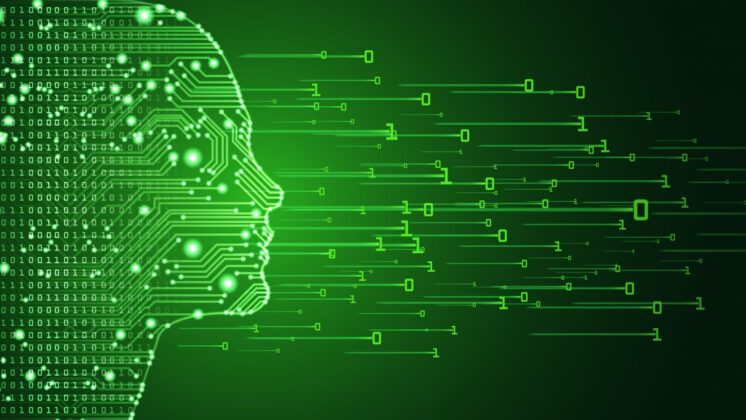New concepts within the exponential thinking paradigm lead to a number of controversies and predictions. However, some of the biggest arguments or worries about AI have already been answered without most people noticing.
Should we be worried about AI taking over?
Don’t worry about future artificial intelligence challenges. Worry about human stupidity.
Humans develop AI and write policy. IBM’s AI platform Watson is 90% accurate in making treatment decisions in early-stage lung cancer. (That’s 40% higher than human professionals.) Self-driving cars are safer than human drivers. The more data these machines gather, the greater their precision in decision-making.
AI eats data—that’s how it makes decisions. The fear that AI will enslave humans is, at this point, irrational. How do we know? There are already billions of AI devices in the world today. We’re well outnumbered, but they’re all working for us.
The aim of AI and robots is to perform a given function better than humans. The goal has never been for them to think like humans, any more than the goal of airplanes has been to flap their wings like birds.
“What about jobs?” you might ask. If robots are more efficient than humans, isn’t that proof they’re coming for our jobs?
Yes and no.
There are 2.6 million robots in operation, almost 70% in the automotive, electronics and metal industries. If you’re worried about job loss, it’s important to note that countries with the highest robot/employee ratios (South Korea, Japan, and Germany) have the lowest unemployment rates. And yes, the opposite is also proven: developed countries with the highest unemployment rates (Greece and Spain) have the lowest robot-to-employee ratios.
Having said that, the future job market is expected to see some significant change for certain demographics. A report by the Foundation for Young Australians (FYA) displays a few staggering numbers. With 30-50% of current jobs becoming automated in the future, it’s young people who will need to make the biggest pivot to keep up.
Why young people? Because it’s the entry-level positions being weeded out.
Of those entering the workforce now, an estimated 70% will see their roles “radically affected by automation,” according to the FYA report. Further, 60% of students are being trained for similar roles that could go to robots within the next 10 or 15 years.
With so many jobs entering the sphere of AI and robotics so soon, now is the time to prepare if we as a society want to avoid unemployment and inequality. Monthly working time is expected to decrease with robots picking up the slack, making human skills more valuable than ever.
What comes with global connectivity?
It’s predicted that, in less than 10 years’ time, 40% of Fortune 500 companies will no longer exist. Companies that don’t like change will hate the future.
By 2025, it’s expected that almost 100% of the global population will be connected to the Internet. That means 5 billion new minds interacting. The revised prediction for IoT devices connected by 2020? A whopping 500 billion!
A good example of fast-moving change? Energy.
The cost of solar energy continues to fall, from $2.07 per watt in Japan to just $0.65 per watt in India. As the cost of energy nears zero, we’ll see greater democratization and increasing numbers of people gaining access to it. Sustainable energy will be both accessible and affordable around the planet. Those countries with the greatest capacity to generate solar energy are usually the poorest, which means a great opportunity to generate much-needed wealth in certain regions.
As Singularity University’s co-founder Diamandis puts it: “When I think about creating abundance, it’s not about creating a life of luxury for everybody on this planet; it’s about creating a life of possibility. It is about taking that which was scarce and making it abundant.”



